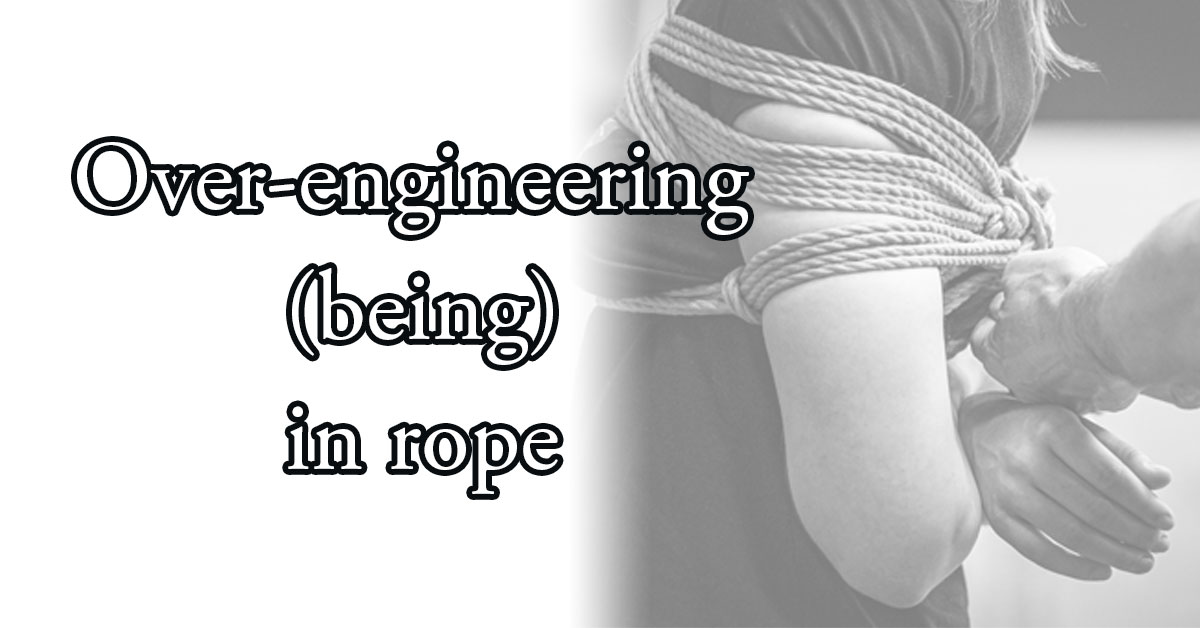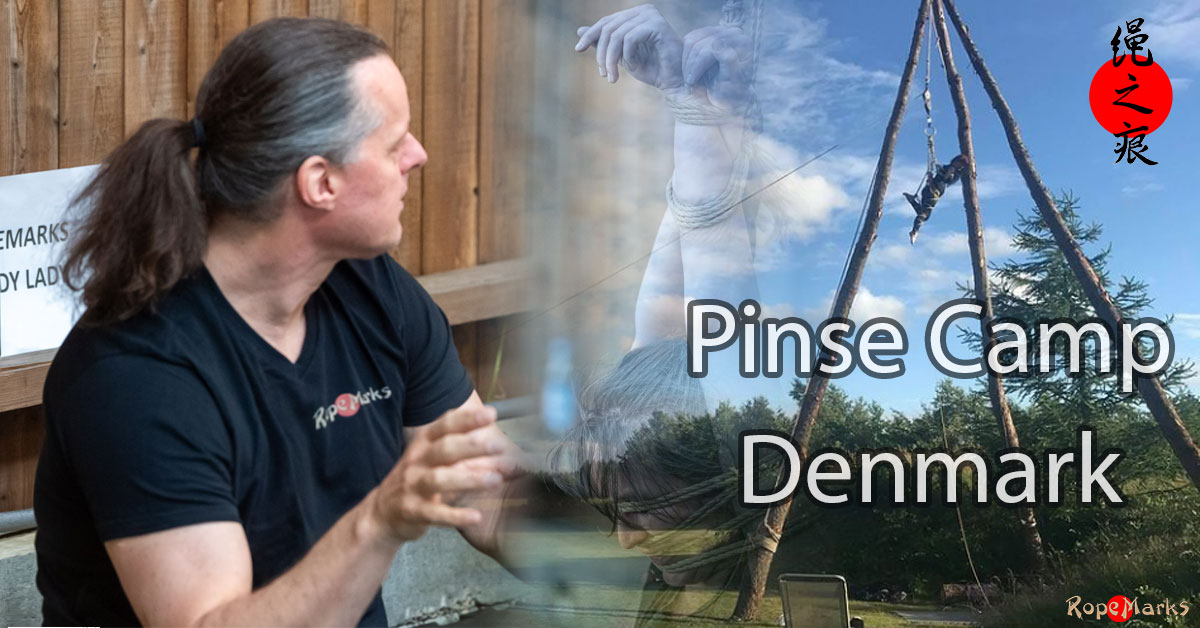When applying a karada there is often confusion about naming it. As we can read in the RopeMarks Ryu glossary, a bondage does not have a name, when a name is used that name generally describes what is going on. In the case of a karada the name is generally taken from the pattern being used. There are 2 patterns being used most often and their names are cause for confusion especially to the western mind. They are the kikkou pattern and hishigata pattern. This article tries to clear up the confusion regarding the use of kikkou versus hishigata.
From the RopeMarks Ryu glossary we learned that:
Kikkou shibari is the famous tortoise shell tie. It’s so called because the pattern created resembles that found on the Japanese tortoise. This tie can be full body or only torso. There are several styles of kikkou shibari taught. The traditional style creates one or more hexagonal patterns on the bound subject. A hexagonal pattern has six sides.
Hishi, or more complete hishigata, shibari is taken from early hojojutsu techniques, this tie creates a diamond pattern. A diamond pattern has four sides. This style is popularized in manga illustrations. There they create at least three linked diamond patterns running from the neck to the pubic area.
Karada is the Japanese word for body and it’s used as a generalized term for any of a variety of body harnesses / rope dress; regardless of the number of sides the patterns may have.
We mentioned the kikkou shibari is famous, this is because it is one of the few shibari terms that has made it past the shibari/kinbaku circle into mainstream. When a vanilla person looks at a karada in any style or pattern he will refer to it as kikkou shibari.
One of the reasons for the fame of a name like kikkou is that the this turtle pattern is often seen in design on i.e. kimonos. It’s one of the symbols for long life.
With all this information available we can say that when a karada has hexagonal patterns it is referred to as kikkou shibari. If it has diamond patterns it is referred to as hishi, or hishigata, shibari. Most well-known nawashi in Japan, Europe and America make the above distinction.
So what should we name a karada with mixed kikkou and hishigata patterns? The most probable answer would be a kikkou shibari, since that name has made it into the mainstream and people understand what you mean. In the end isn’t that what al this naming is all about, making yourself understood and continue with your bondage’s again.
Bob
December 2004











Leave A Comment